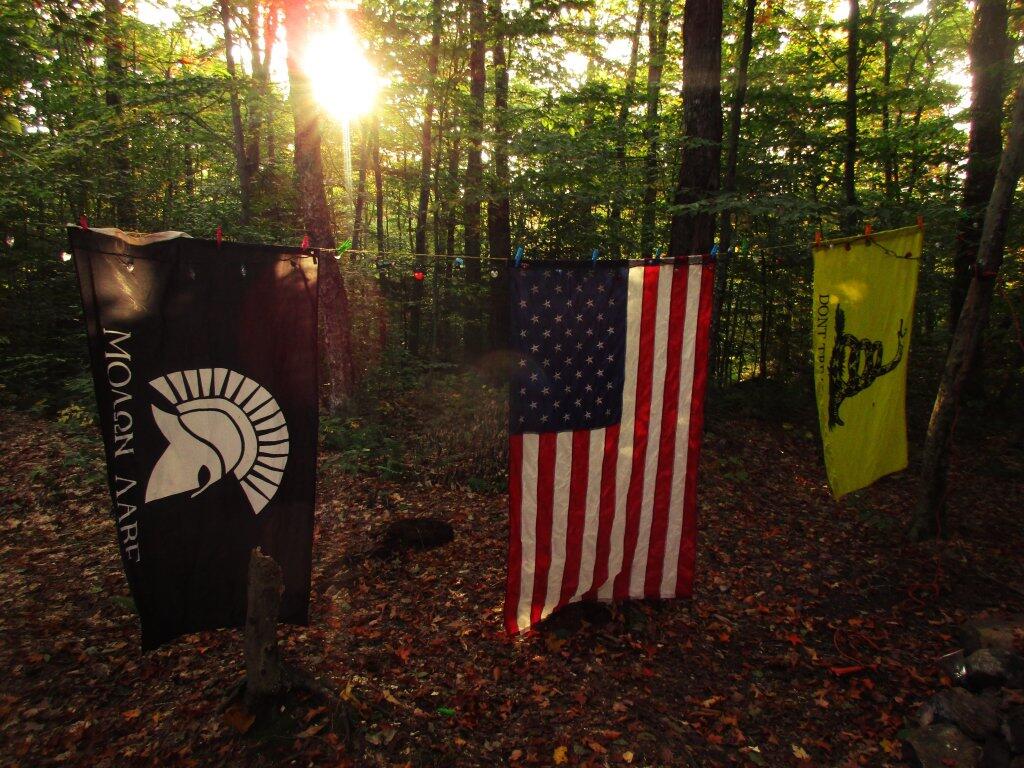It was the final morning of the 2019 “summer” camping season up at Pisceo-Powley Road. With my autumn road trip in two weeks, I knew that I wouldn’t likely be back up here until 2020.

I watched the sunrise from a much southerly place than in mid summer from my campsite perched high on the hill above East Canada Creek. The sun climbed and climbed until it was in my eyes.

It was a mild morning although still a bit chilly because the temperature dropped down the night before it was almost autumn. I turned the radio on briefly before deciding I preferred listening to the noise of woods, the rumble of Brayhouse Falls in the distance.

The eggs and the coffee were good as the clock ticked by quickly. Autumn days are not long, sunset will be over the land before you know it. Not that it matters, I had to be home fairly early today to go out to the folks house for Sunday dinner and prepare for work next week.



